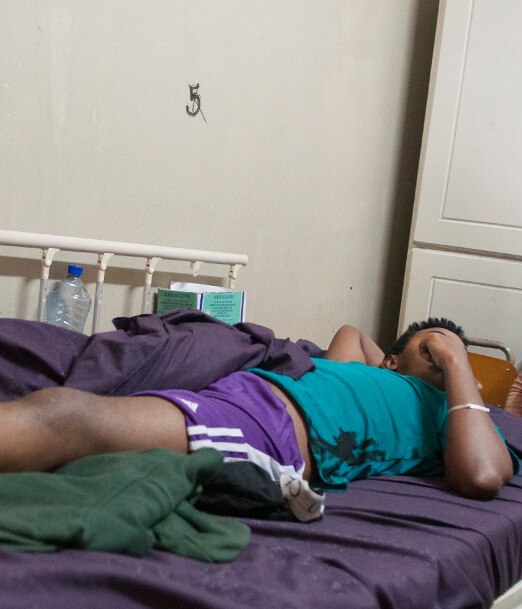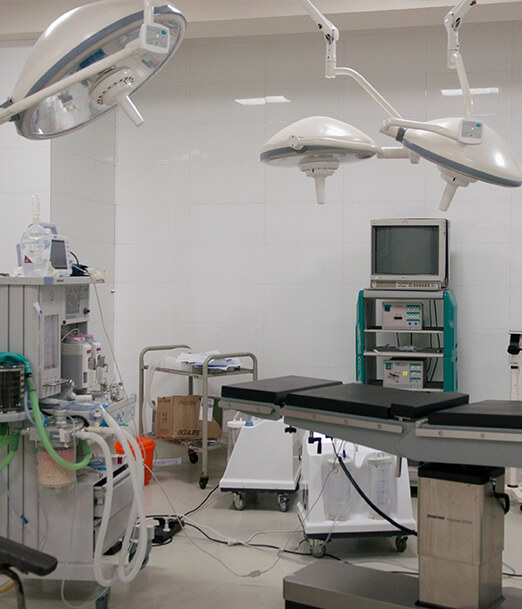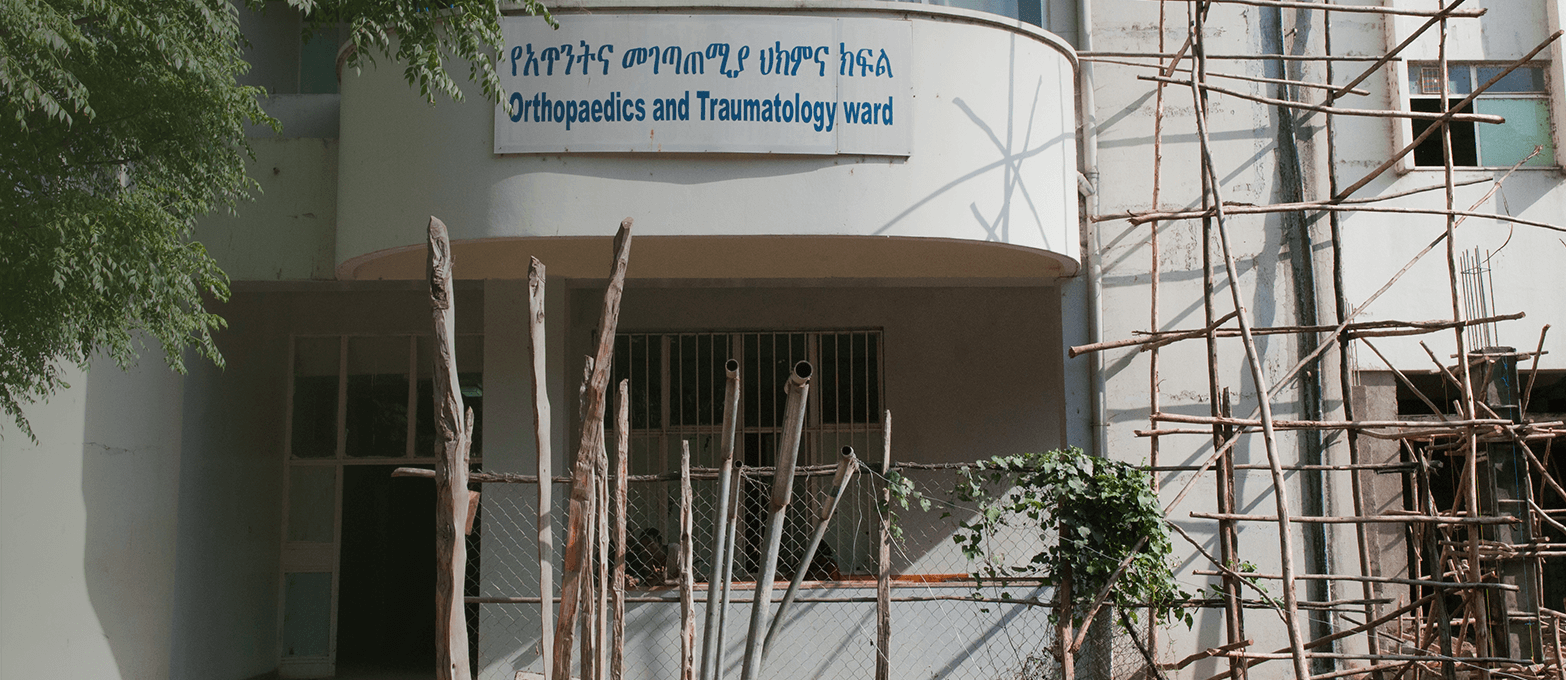How one doctor in Ethiopia is aiming to build a regional centre of excellence for fracture care

When I arrived, there were no instruments, no clinic, no lab, not even an operating theatre. I knew we would need to build everything from scratch.

Dr. Ephrem Gebrehana’s ambition for Ethiopia’s Hawassa University Referral Hospital is clear: to be a centre of exellence for orthopedic surgery.
The huge progress the enthisiastic 33-year old surgeon has made at the hospital over the past several years should not be taken lightly.

Dr. Ephrem Gebrehana’s ambition for Ethiopia’s Hawassa University Referral Hospital is clear: to be a centre of exellence for orthopedic surgery. And not just for the Hawassa region, or for Ethopia, but potentially for much of East Africa.
Considering the huge progress the enthisiastic 33-year old surgeon has made at the hospital over the past several years, his ambition should not be taken lightly.
“When I arrived, there were no instruments, no clinic, no lab, not even an operating theatre,” Gebrehana recalls. “I knew we would need to build everything from scratch.”

Originally teaching in the Hawassa surgical department for two years, Gebrehana left the hospital to train as an orthopedic surgeon. He returned in early 2016 and was the first orthopedic surgeon in the Hawassa region, home to some 18 million people.
Now, less than two years later, much has changed . “We have secured an exclusive operating room table,” says Gebrehana. “We also have our own orthapedic ward for patients and our own dedicated clinic. In addition, we are now teaching medical students about orthopedics ”“ there was no previous training in this area.
Gebrehana proudly notes that the orthopedic team has already been recognised for the progess it has made in such a short time. “The orthopedic ward was nominated as the best in the hospital as a result of the great nursing practice. We have the best nursing service in the hospital.”
Central to these achievements has been the hospital’s partnership with the AO Alliance Foundation (AOAF). Gebrehana highlights the depth of support AOAF has provided, inlcuding help in obtaining much-needed implants and instruments, but for him one area of support stands out.
“Financial help is of course important, but training is the most important,” he says. “Training for nurses and other stafff, of course, but for me as a young surgeon it has also been important to receive leadership training from AOAF, which helps me imporve beyond just surgey and patient care.”
Success though has brought its own difficulties. Gebrehana estimates that the hospital has operated on as many as 2300 orthopedic patients over an 18-month period.
In the first year in particular, this was a huge task. With no dedicated operating table, the orthopedic team had to share with general surgey and were limited to just two days per week, which would mean doing surgery through the night.
Another challenge ”“ and one that cannot be easily solved by resources and training alone ”“ is the need to provide education to local communities that often still rely on traditional bone setters to handle serious fractures.
“We need to reach out to local communities and teach them about trauma surgery,” Gebrehana explains. “Bone setting is part of traditional culture but it is the old way of managing fractures. These bone setters have no medical training and we see lots of problems emerging from poor trauma management, especially among children. Limbs have been lost simply because of bad management.”
Gebrehana also takes the education to the bone setters themselves, providing informal training ”“ for example, how to splint better. He is attempting some kind of collaboration, recommending the bone setters manage simple strains while referring fractures to the hospital. “It will take time to convince them to work more closely with us,” he adds.
In the meantime, Gebrehana is also keeping one eye focused firmly putting together the parts needed to build the best in class facility he has in mind.
“In next three to four months, we want to start an orthopedic residency program,” he says. “It will be a four-year program and we are currently working on the curriculum. Within five years want t be a centre of excellence for trauma and surgery and want to train others. Not just Ethiopia but the region as well. We recently welcomed orthopedic trainees from Uganda, sponsored by AO Alliance. We are trying really hard and are not that far away.”
